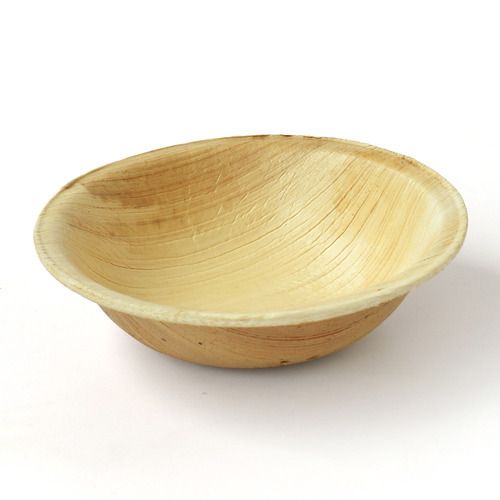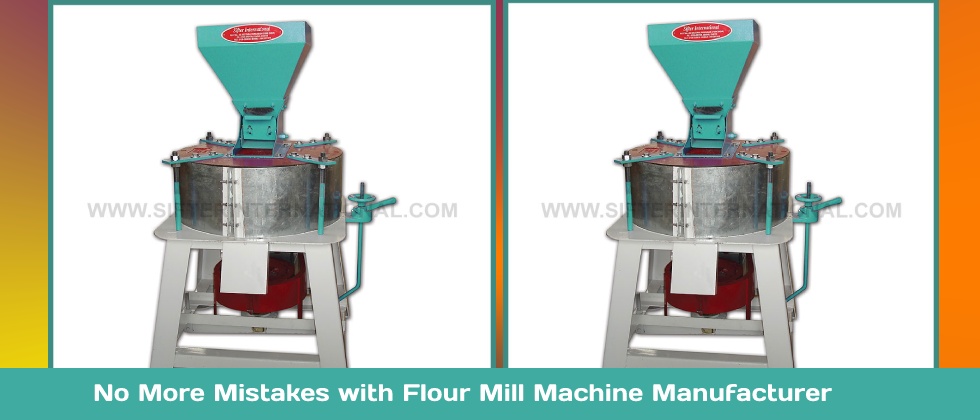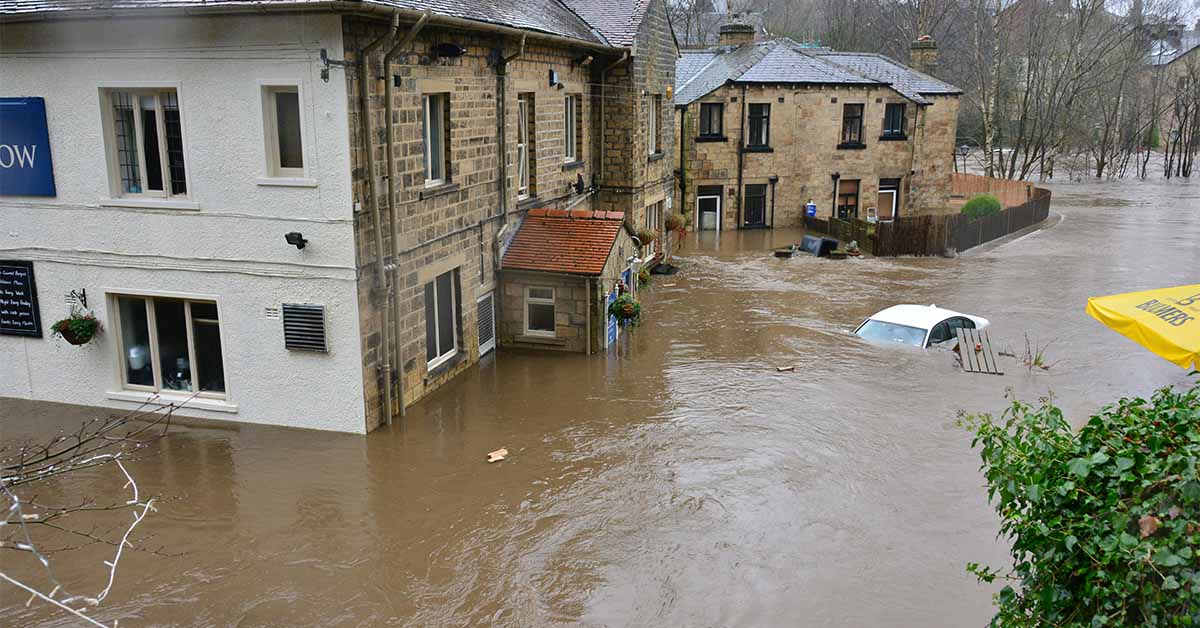As the world shifts towards sustainable living, eco-friendly tableware is becoming increasingly popular. Among the most widely used options are bagasse bowls, made from sugarcane byproducts, and banana leaf bowls, crafted from natural leaves. Both of these biodegradable alternatives offer a stylish and sustainable way to serve food without harming the environment. In this article, we’ll explore the benefits of bagasse bowls, their durability, and how they complement banana leaf bowls in creating a greener dining experience.
1. What Are Bagasse Bowls?
Bagasse bowls are made from the fibrous residue left after sugarcane juice extraction. This byproduct, which would otherwise be discarded or burned, is transformed into durable, biodegradable tableware. Bagasse is naturally sturdy, making it ideal for holding both hot and cold foods without losing its shape or leaking.
These bowls are widely used at restaurants, food trucks, catering events, and eco-conscious households. Their disposable nature, combined with their compostability, makes them an excellent alternative to plastic or Styrofoam containers.
2. Bagasse Bowls vs. Banana Leaf Bowls: Key Differences
While both bagasse bowls and banana leaf bowl are eco-friendly, they serve slightly different purposes. Here’s how they compare:
1. Material and Sustainability
-
Bagasse Bowls:
-
Made from sugarcane pulp, a renewable byproduct of sugar production.
-
Biodegradable and compostable, breaking down in commercial composting facilities within 60 to 90 days.
-
Reduces agricultural waste by repurposing sugarcane residue.
-
-
Banana Leaf Bowls:
-
Made from naturally fallen or harvested banana leaves.
-
Completely biodegradable, often decomposing within weeks.
-
Requires no chemicals or processing, making them highly sustainable.
-
Winner: Both options are sustainable, but banana leaf bowls are the more natural and chemical-free option.
2. Durability and Heat Resistance
-
Bagasse Bowls:
-
Heat-resistant and can hold both hot and cold foods without warping.
-
Suitable for microwaving and refrigeration.
-
Resistant to oil and grease, making them ideal for soups, curries, and greasy dishes.
-
-
Banana Leaf Bowls:
-
Best suited for dry or mildly wet foods.
-
May soften or lose shape when exposed to excessive heat or liquid.
-
More suitable for serving snacks, salads, and appetizers.
-
Winner: Bagasse bowls are more durable and practical for a wider range of food types.
3. Aesthetic Appeal
-
Bagasse Bowls:
-
Simple, plain design, typically white or beige.
-
Practical but lacks visual appeal.
-
-
Banana Leaf Bowls:
-
Naturally vibrant with green or earthy brown hues.
-
Offers a rustic, traditional aesthetic perfect for eco-conscious events.
-
Winner: Banana leaf bowls win in terms of presentation and cultural appeal.
3. Unique Benefits of Bagasse Bowls
Choosing bagasse bowls for dining offers several key advantages, making them a practical choice for various settings.
1. Eco-Friendly and Biodegradable
Bagasse bowls are made from sugarcane byproducts, reducing agricultural waste and promoting recycling. They decompose quickly and naturally, making them an excellent alternative to plastic or foam bowls.
2. Strong and Durable
Unlike traditional disposable tableware, bagasse bowls are sturdy and resistant to heat and moisture. Their durability makes them perfect for serving hot dishes, including soups, curries, and oily foods, without the risk of leaking or losing shape.
3. Microwave and Freezer Safe
Bagasse bowls can be safely used in the microwave and freezer, offering convenience for both home and commercial use. This makes them ideal for storing leftovers or reheating meals without transferring to another container.
4. Compostable and Chemical-Free
While some disposable tableware contains synthetic chemicals, bagasse bowls are free from harmful substances. They break down in composting facilities without leaving any toxic residue, making them a safer option for the planet.
4. The Perfect Pair: Combining Bagasse and Banana Leaf Bowls
While bagasse bowls offer durability and heat resistance, banana leaf bowls bring natural elegance and cultural charm. When paired together, they create a well-rounded, sustainable dining experience.
-
For Main Courses:
Serve hot, oily, or liquid-based dishes in bagasse bowls. Their heat resistance ensures no warping or leakage. -
For Appetizers and Snacks:
Use banana leaf bowls for salads, finger foods, or light snacks. Their vibrant appearance enhances the presentation. -
For Eco-Friendly Events:
Combining bagasse bowls with banana leaf bowls creates a visually appealing and environmentally responsible table setup. This is perfect for eco-conscious weddings, corporate events, or outdoor festivals.
5. Tips for Using and Disposing of Bagasse and Banana Leaf Bowls
To get the most out of bagasse bowls and banana leaf bowls, follow these practical tips:
-
Serving Tips:
-
Use bagasse bowls for hot and greasy foods.
-
Use banana leaf bowls for dry or mildly wet dishes.
-
Pair both with bamboo cutlery or wooden spoons for a cohesive eco-friendly presentation.
-
-
Disposal Tips:
-
Bagasse bowls: Compost them in commercial composting facilities or place them in the green waste bin.
-
Banana leaf bowls: Compost them at home or dispose of them in the soil, where they decompose naturally.
-
Conclusion: Why Choose Bagasse Bowls for Sustainable Dining?
Both bagasse bowls and banana leaf bowls play an essential role in promoting sustainable dining practices. Bagasse bowls stand out for their durability, heat resistance, and versatility, making them ideal for serving a variety of dishes. On the other hand, banana leaf bowls bring a natural, elegant touch perfect for light meals and decorative presentations.
By combining both eco-friendly tableware options, you can create a visually appealing and environmentally conscious dining experience. Whether for home use, catering events, or special occasions, switching to bagasse bowls and banana leaf bowls is a step toward reducing waste and embracing sustainable living.
1.png)



.jpg)

(0) Comments